Website designing is a complex career path, as it demands a blend of technical knowledge and creativity. As a web designer, you are responsible for mapping out the whole layout of a website – from detailed menus to colorful buttons and more.
In simple terms, a web designer makes a website visually appealing! If you’re interested in pursuing a career in web design or just want to improve your site’s aesthetics, then you’ve landed at the right place.
In this article, we will explore what a web designer does, along with some other must-know information. Let’s start!
What Does a Web Designer Do?
A web designer plays a crucial role in the development of a website. Their basic responsibility is to develop a good yet responsive website design.
The major tasks of a web designer are as follows:
1. Designing User-Centric Websites
To be precise, a web designer designs a website that’s user-centric. In other words, they customize all the visual elements of a site to cater to the visitors’ needs, expectations, and perspectives.
This phase involves:
- Creating Websites with a Focus on User Experience (UX): While designing a website, a web designer prioritizes user experience. This is achieved by understanding the target audience and tailoring a site’s navigation according to their requirements.
- Visual Design and Layout Considerations: As mentioned, all the visual designs and layouts are planned and implemented by web designers. They choose color themes, typography, and images, along with menus. This task requires careful consideration, as the designer must ensure that these elements align with the brand’s identity.
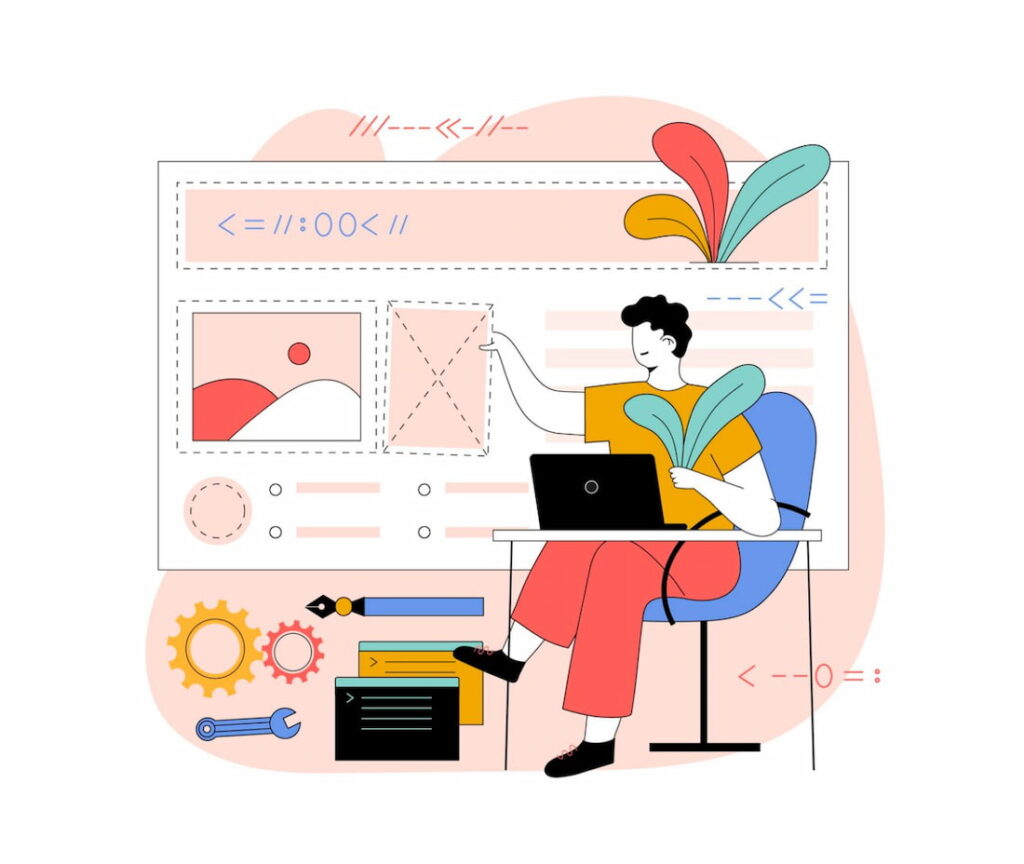
2. Coding and Development
When it comes to web development, the first thing that clicks the mind is coding, right? Well, a majority of the time, complex coding tasks come under the domain of web designing.
That said, let’s explore the role and responsibilities of a web designer that involves coding:
- HTML, CSS, and JavaScript in Web Design: Web designers need to have expertise in various programming languages, including HTML, CSS, and JavaScript. These are those important languages that translate a design into a fully functional website.
- Responsive Design for Various Devices: According to a report, 55% of web traffic arrives from mobile devices, while other comes from PCs. Hence, web designers must ensure a responsive design website for different screen sizes and devices. For this purpose, he/she can use CSS frameworks like Bootstrap and media queries, which require coding.
3. Content Management Systems (CMS)
Do you know that more than 73 million websites are built on content management systems? This indicates the third yet one of the most important tasks of a web designer: utilizing CMS to create various kinds of websites and customizing templates within CMS.
Here’s a quick breakdown of what goes in this section:
- Utilizing CMS Platforms like WordPress and Drupal: Web designers often work with content management platforms like WordPress and Drupal. While they are user-friendly platforms, technical know-how is still important to utilize them effectively. And that’s what a web designer possesses.
- Customizing Templates and Themes: CMS offer various templates for a site’s layout. However, mostly, they are not customized for the business’ particular niche. It’s a web designer’s role to personalize them, which means to modify the existing templates.
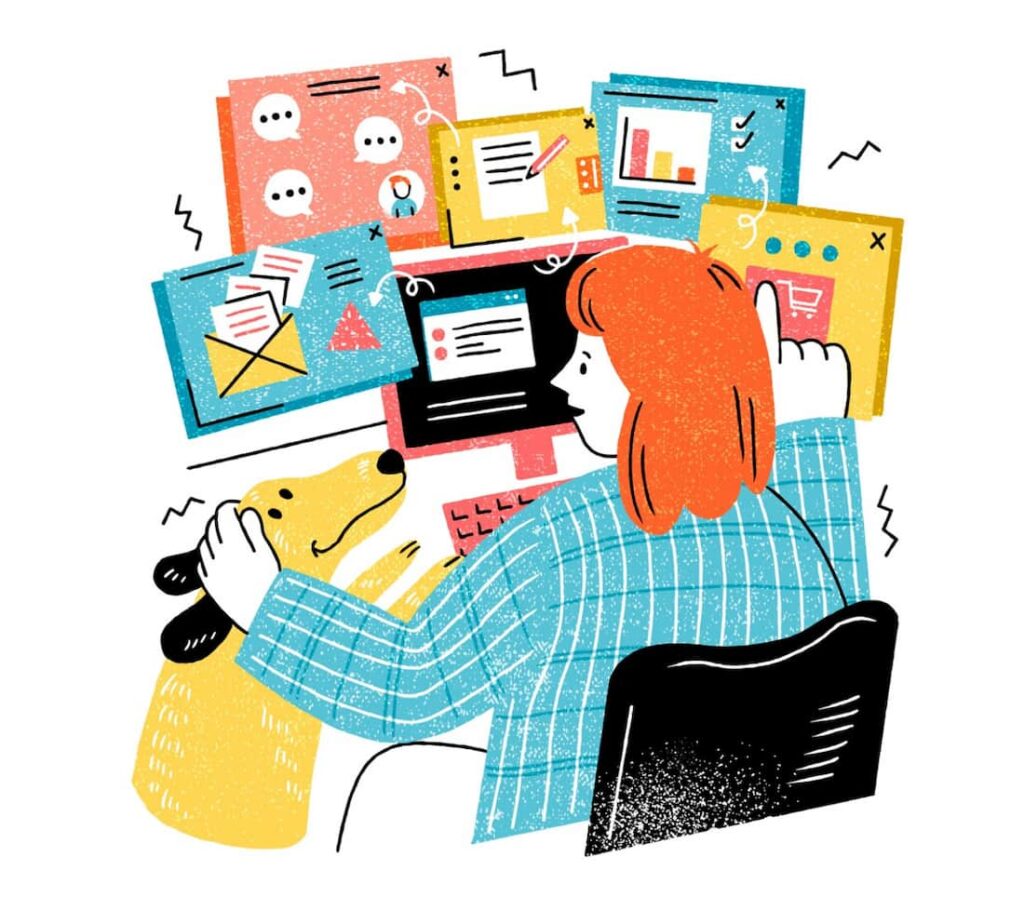
Freelance Web Designer
Typically, web designers work as on-site employees on a salary basis. However, you can explore the field of website design through freelancing.
While the primary responsibilities of a freelance web designer are the same as those of a traditional web designer, the key difference lies in the working arrangement and business model.
Pros
Freelance web designing has several benefits in comparison to regular web designing. These include:
- Flexibility: Firstly, freelance web designers aren’t restricted to any specific schedule or workplace. Instead, they have the freedom to work from anywhere at any time, which often means a better work-life balance.
- More Income: Freelancing in web design is full of lucrative opportunities. You can find thousands of projects on dozens of freelance platforms like Upwork. This allows you to earn more in comparison to the fixed salary model.
- No Commute: Freelancers can eliminate the need for daily commuting, saving time and money on transportation. This can contribute to a more eco-friendly lifestyle and reduce stress associated with daily travel.
Cons
While freelance web designing has many benefits, one can’t ignore its disadvantages. For example:
- Self-Employment Taxes: Freelancers are responsible for managing their taxes, which can be complex and require financial discipline.
- Client Management: Dealing with difficult clients, scope changes, or payment issues can be stressful and time-consuming.
- No Benefits: Unlike traditional employment, freelancers do not receive benefits such as health insurance, retirement contributions, or paid time off. They must manage these aspects independently.
Building a Freelance Career as a Web Designer
Want to build a freelance career in web designing? If yes, then follow the below steps:
1. Setting Rates and Pricing Strategies
First of all, set your worth; not really yours, but that of your web designing work. You can’t just ask random rates, as too low will have clients question your work’s quality, while too high might not attract potential buyers.
So, to establish the perfect web designing charges, consider the following tips:
- Do market research. This involves checking out the profiles of other web designers and getting an idea of their offerings, along with the price rates.
- Mainly, freelancing has two basic pricing models: Hourly vs. Project-Based. Decide which one is better for you.
- Include different packages or pricing tiers in your offerings. For instance, you might offer to design two websites with a 10% discount.
- Remember, the market rates change over time, so be sure to make adjustments in your pricing quotation accordingly.
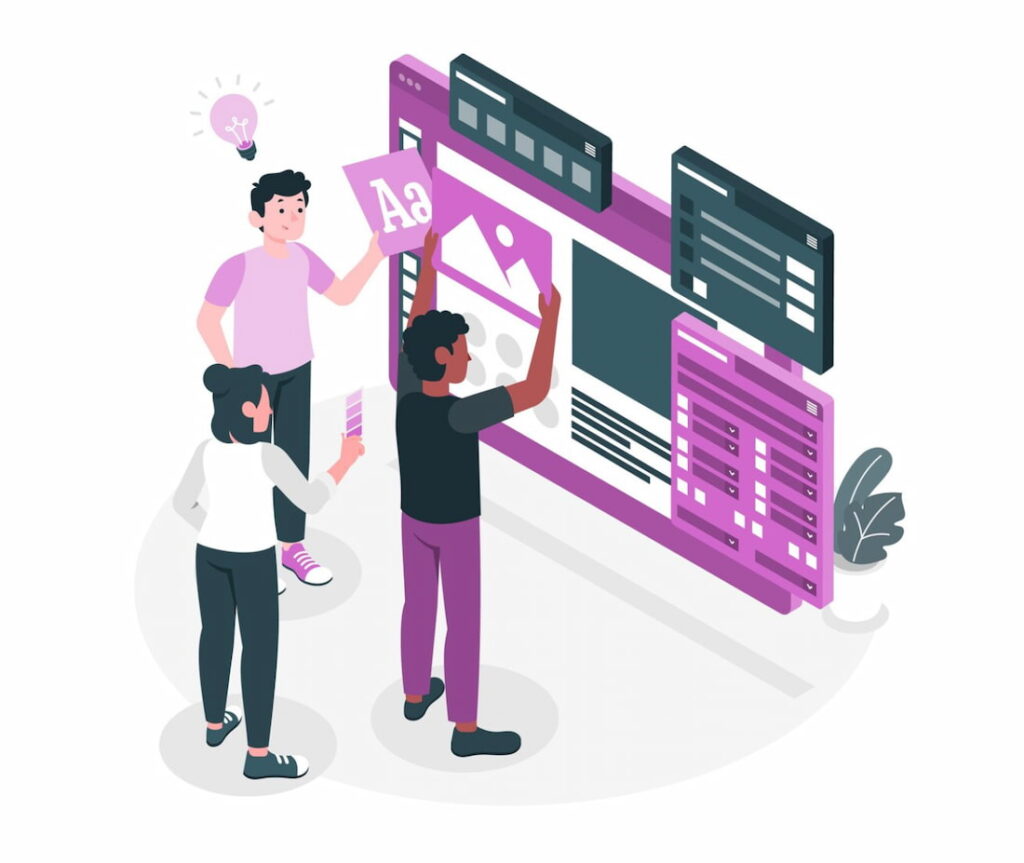
2. Finding and Retaining Clients
To be successful in your freelance web designing career, you must attract and retain clients. However, client hunting is a tough job, right? Maybe, but with consistency and the right strategies, you can do so easily.
Here are some proven strategies to find and retain clients effectively:
- Create a professional portfolio. It’s a digital document that showcases your best work. In terms of web designing, you can create a website with the best-looking visuals and use it as a portfolio.
- Social media platforms like LinkedIn, Twitter, and Instagram can be great for attracting clients. Here, you can share your work, engage with potential clients, and build your online presence.
- You may try out platforms such as Upwork, Freelancer, or Fiverr to find clients. But remember, you might struggle to get clients here, especially if you’re a newbie. Just be consistent for good results!
- Focus on providing excellent customer service. Clear communication, meeting deadlines, and exceeding client expectations can lead to repeat business and referrals.
Coding for Web Designers
As mentioned, coding is a crucial part of the skill set of a web designer. While the primary role of web designers revolves around creating a good yet responsive web design, they should also possess coding abilities to implement their design.
Here’s a breakdown of what a web designer should have in the domain of coding:
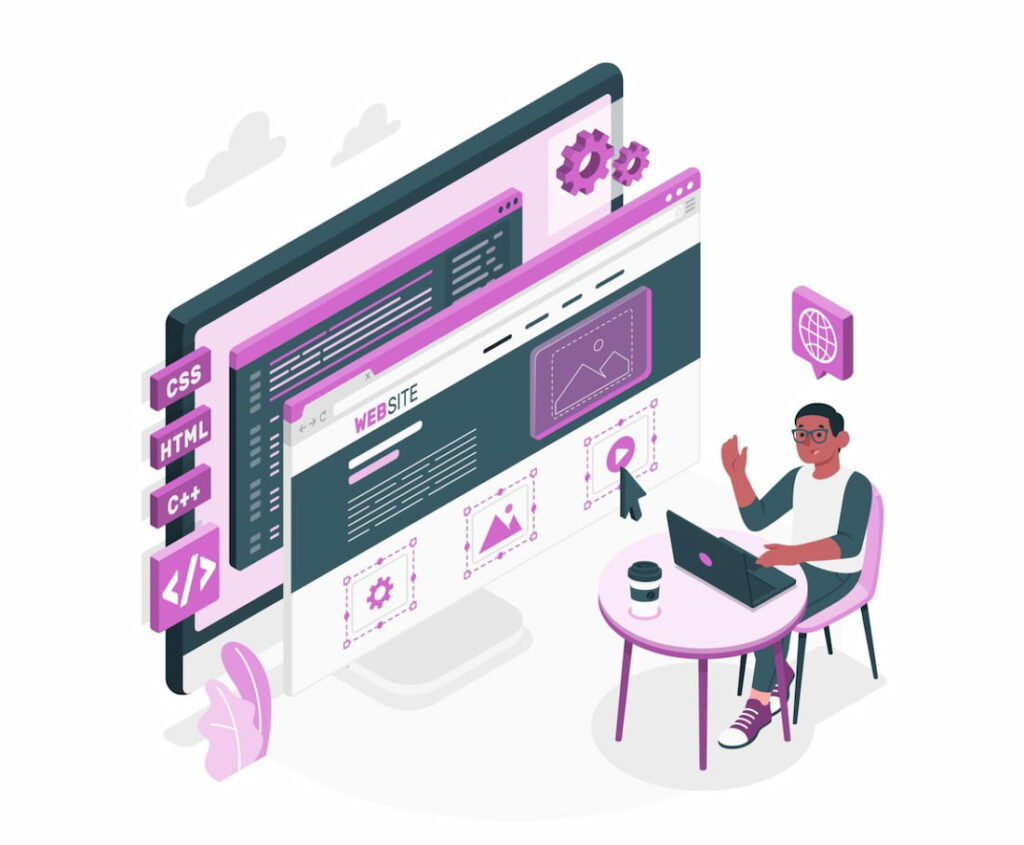
The Basics of HTML and CSS
- Essential Skills for Web Designers: Having a firm grip on basic HTML and CSS concepts is a must. With these languages, a web designer builds the structure and design of a website.
- Writing Clean and Semantic Code: Of course, a web designer should be able to write clean yet semantic code. Simply put, semantic HTML ensures the content is structured logically and understandable by humans and search engines. Meanwhile, clean coding enables ease of collaboration between web designers and web developers.
Web Development Tools
- Familiarity with Code Editors: Code editors are basically software that facilitate humans to write, edit, and manage code. A web developer must be well-versed in using a variety of code editors.
- Collaboration with Developers: Mainly, as a web designer, you need to collaborate with web developers on just the matter of coding. This is essential to make visually appealing, functional, and responsive websites. For this collaboration, you should have confidence plus the ability to convey your points clearly.
Web Design AI
Artificial Intelligence is emerging in various sectors, and web designing is one of them. This technology aims to save time by automating various tasks of web designing.
Let’s explore all about it here:
AI-Powered Web Design Tools
- The Role of Artificial Intelligence in Design: When it comes to modern web design, Artificial Intelligence plays an important role. AI algorithms analyze user preferences and behaviors, and then they suggest design elements based on this data. This approach ensures a user-centric design – one of the primary responsibilities of web designers.
- Automating Design Tasks: One of the most significant contributions of AI in web design is the automation of repetitive and time-consuming tasks. It can quickly generate basic layouts, select color palettes, and even suggest content placement based on best practices.
The Future of Web Design
Here are some trends associated with the future of web design:
- Personalized User Experiences: AI will enable more personalized web experiences by adapting website content and design in real time based on user interactions and preferences.
- Voice and AR Integration: The integration of AI with technologies like voice recognition and Augmented Reality (AR) will open new avenues in web design, offering more interactive and immersive user experiences.
- Continuous Evolution: AI tools will continue to evolve, becoming more sophisticated in understanding user needs and preferences, leading to more intuitive and user-friendly website designs.
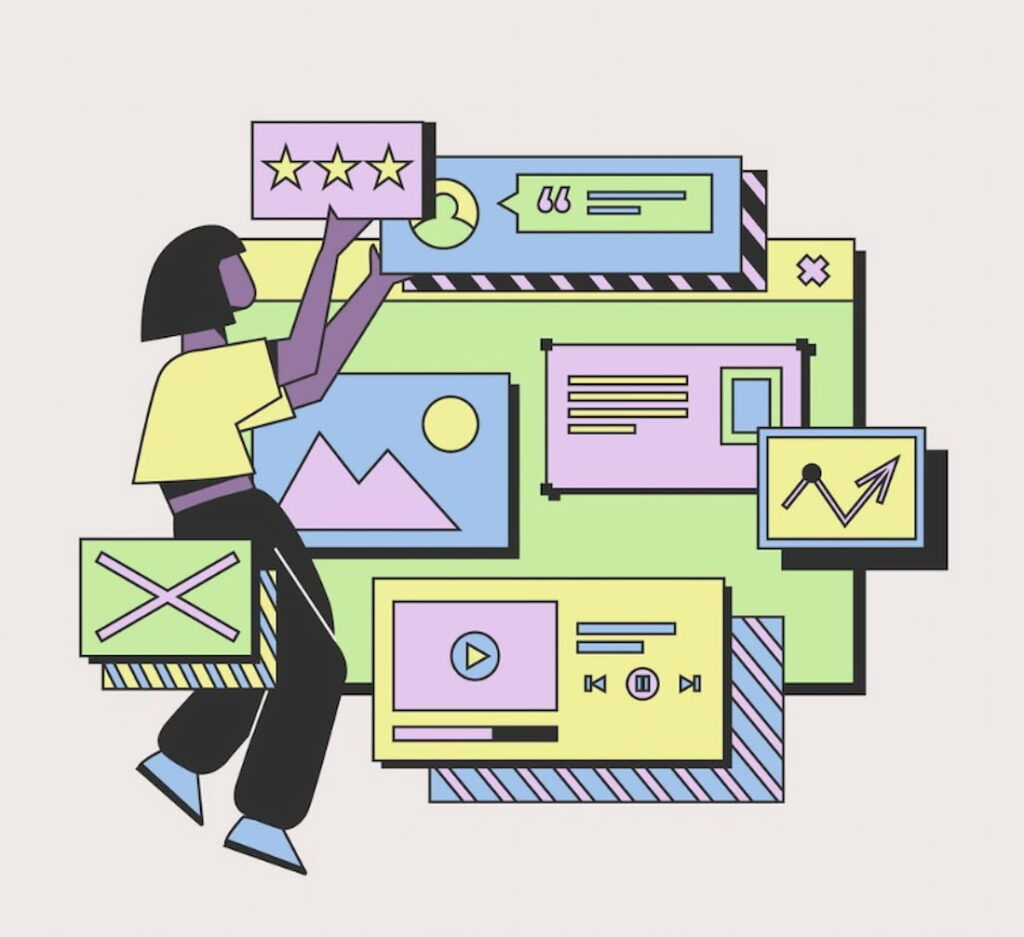
Difference Between Web Designer and Front-End Developer
Web Designers and Front-End Developers are two professional careers. While they both serve the same industry, they are quite different from each other. Here’s a comparison chart:
| Aspect | Web Designer | Front-end Developer |
| Main Focus | Aesthetics and user experience of the website | Functionality and implementation of design |
| Skills | Graphic design, UI/UX design, color theory | HTML, CSS, JavaScript, Responsive Design |
| Tools | Photoshop, Illustrator, Sketch | Text editors (VSCode, Sublime), Git |
| Responsibilities | Creating visual elements, layout design | Building and maintaining websites, coding |
| Output | Design mockups, wireframes | Functional websites, web applications |
| Collaboration | Often works with clients or marketing teams | Works closely with web designers and back-end developers |
| Focus on | Creativity, visual communication | Technical implementation, problem-solving |
| End Goal | Visual appeal and user-friendliness | Usability, interactivity, and speed |
| Knowledge | Basic understanding of HTML/CSS | In-depth knowledge of web technologies |
| Problem Solving | Aesthetic and usability issues | Technical and coding challenges |
| Education | Graphic design, visual arts | Computer science, programming |
Conclusion
To wrap it all up, web designers are professionals which build a good-looking, functional website. They combine their creativity with their technical know-how to create a website that’s both user-centric and SEO-friendly.
If you’re interested in a career in web designing, then you’re in luck. There’s quite a lot of scope and opportunities in this field.
We hope that after reading this guide, all your doubts related to web designing have been cleared!
FAQs
What qualifications do I need to become a web designer?
While formal education can be beneficial, it is not mandatory. Instead, a strong portfolio and creativity and proficiency in design software are crucial for success in the field of web design.
Can I be a web designer without coding skills?
Certainly! You can focus on visual designs by utilizing website templates. However, having knowledge of coding can prove advantageous when working on complex projects.
How do I stay updated with the latest web design trends?
To stay updated with web design trends, you can follow industry blogs, attend conferences, join design communities and explore resources such as Awards, Dribbble and Behance.
What tools and software are essential for web designers?
Essential tools and software for web designers include Adobe Creative Suite (Photoshop, Illustrator), prototyping tools (Figma, Adobe XD) and code editors (Sublime Text, Visual Studio Code).
Is it necessary to have a formal education in web design to succeed?
Formal education is not mandatory; however, it provides a foundation. Many accomplished web designers are self-taught or have acquired knowledge through courses and tutorials. However, having a portfolio is what matters most.
